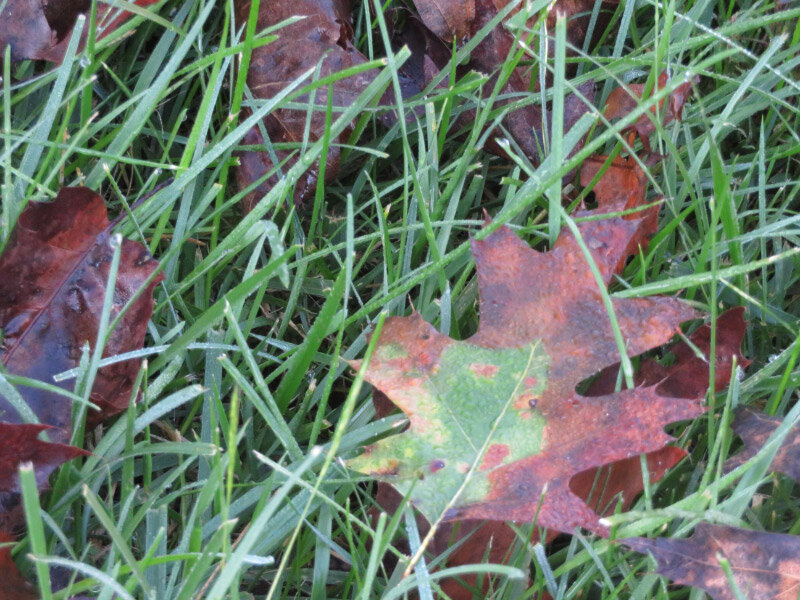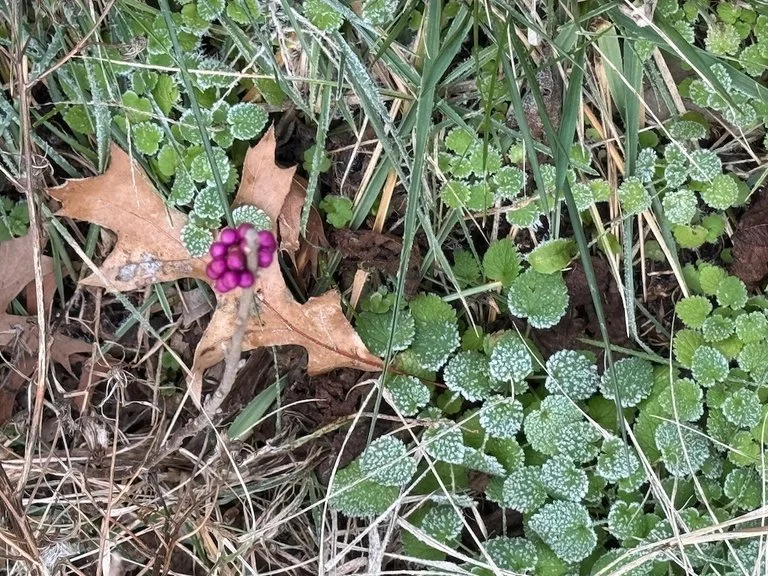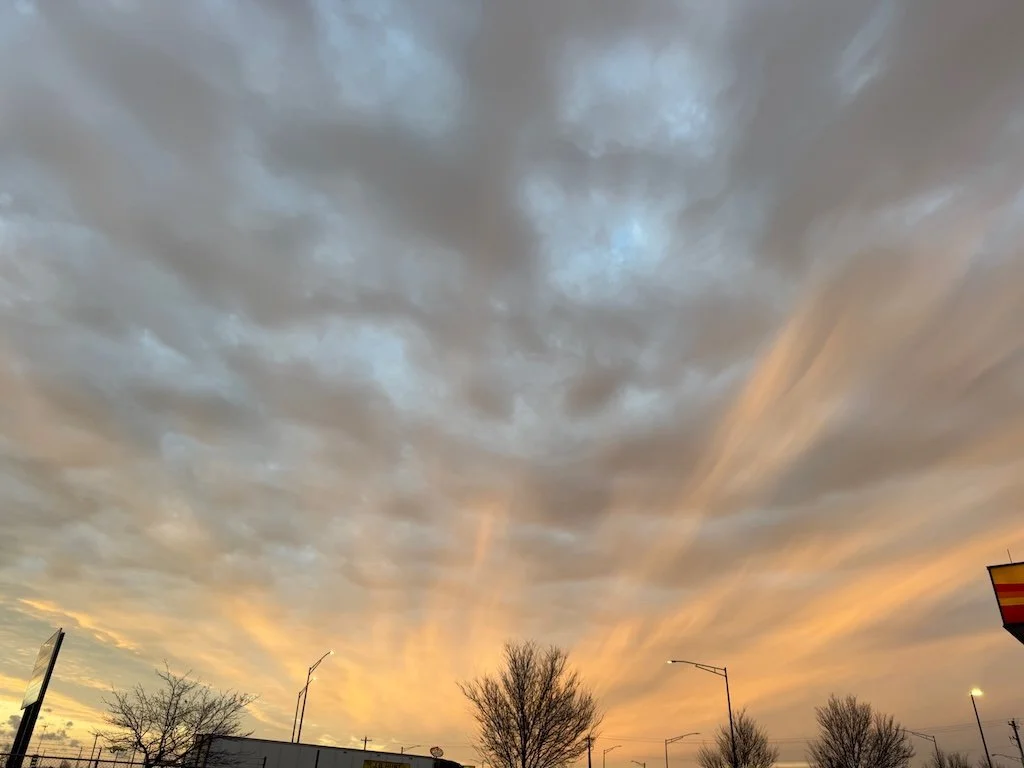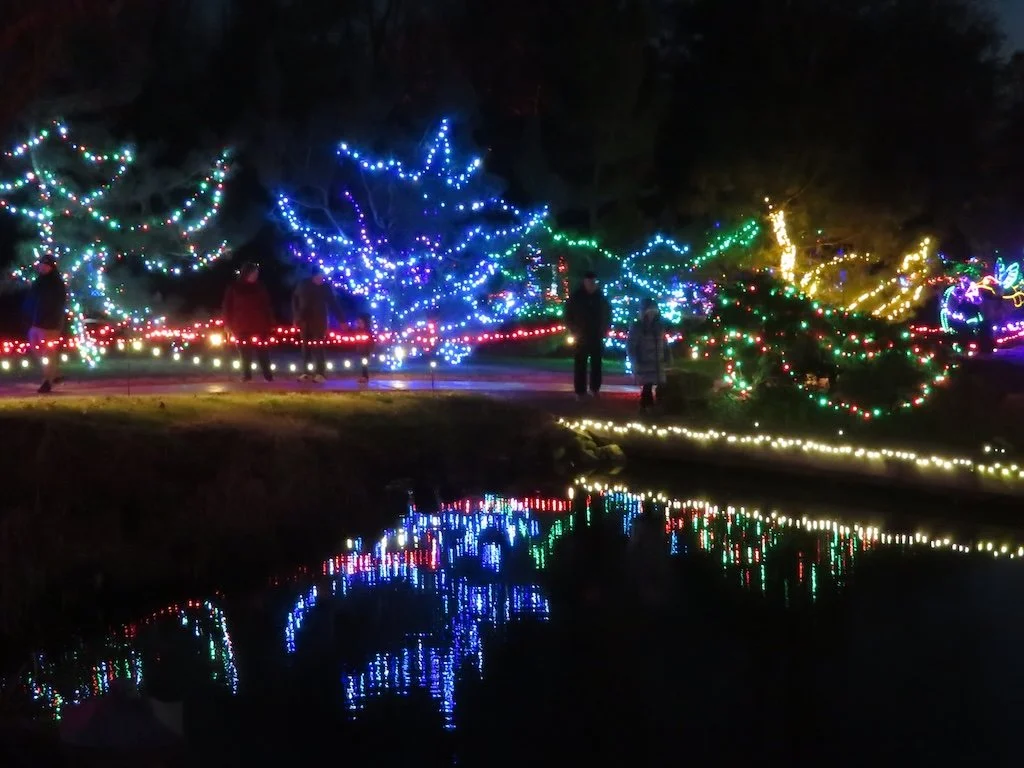Our Oak
/Looking up into our oak that grows near our mailbox, it looks like fall is well underway. The flags left from the periodic cicada larvae this summer have dropped their leaves and the rest of the leaves are turning now too. I’ll need to do a round of mowing soon to keep the leaves from getting too thick on the grass. The Virginia Creeper has grown a lot this year…reaching higher into the tree than ever before. It’s a native and climbs with suckers rather than rootlets; it only damages the tree if it gets too heavy; right now, it is well within the range that the tree can handle.
That’s not to say that the tree is in great shape. Oak decline is happening all over the Mid-Atlantic. There are stressors are thought to weaken the trees: climate change, tree age, site conditions, history of disease. Our tree is probably 30-40 years old (the house is about 30 years old but the tree was planted as a sapling)…not very old for an oak. There is pavement on two sides of the tree (the street and our driveway) so soil compaction might be a problem. It has always had mulch and grass around its base and there are no exposed roots.
The stressors might have weakened our tree enough to make it vulnerable. The way some of the leaves look is indicative of Bacterial Leaf Scorch. It will be years before the tree succumbs – finally starving (i.e. leaves turning brown and falling early…not continuing to produce food for the tree during the entire growing season). We’ll shore up its defenses by watering it during drought…keeping the fallen branches and debris picked up around its base. And eventually cutting the Virginia Creeper.































